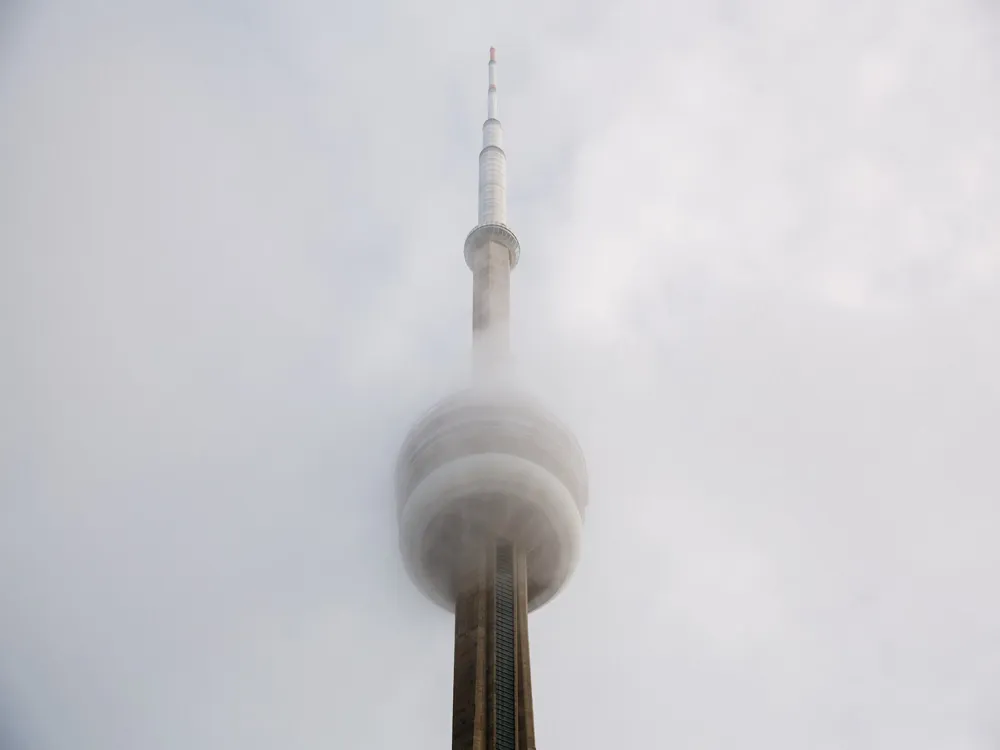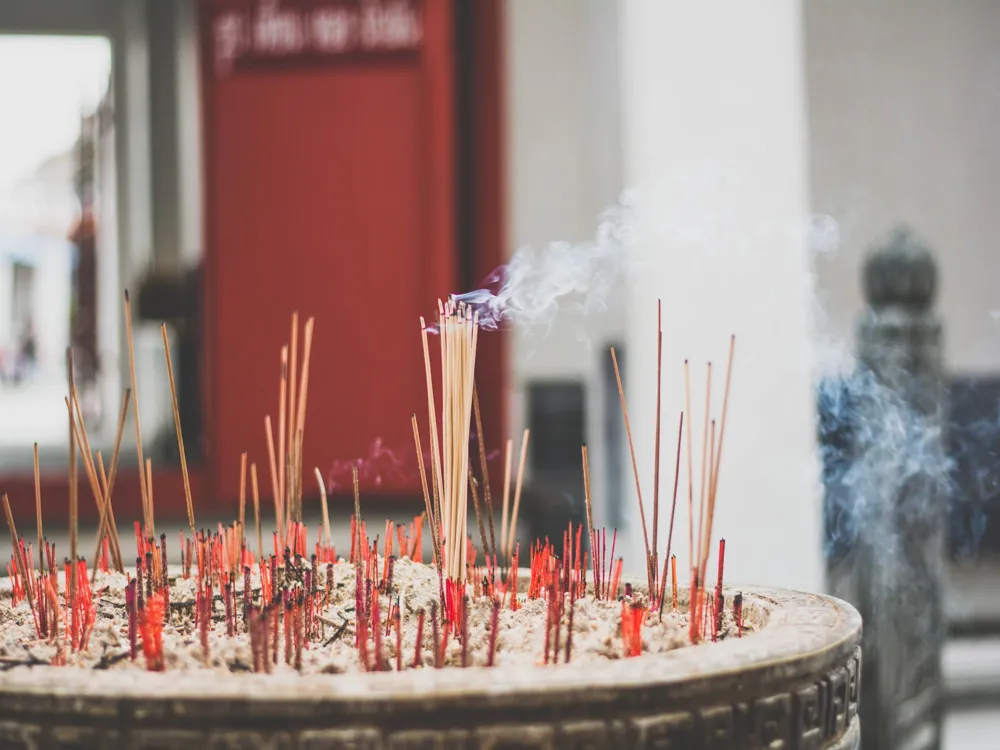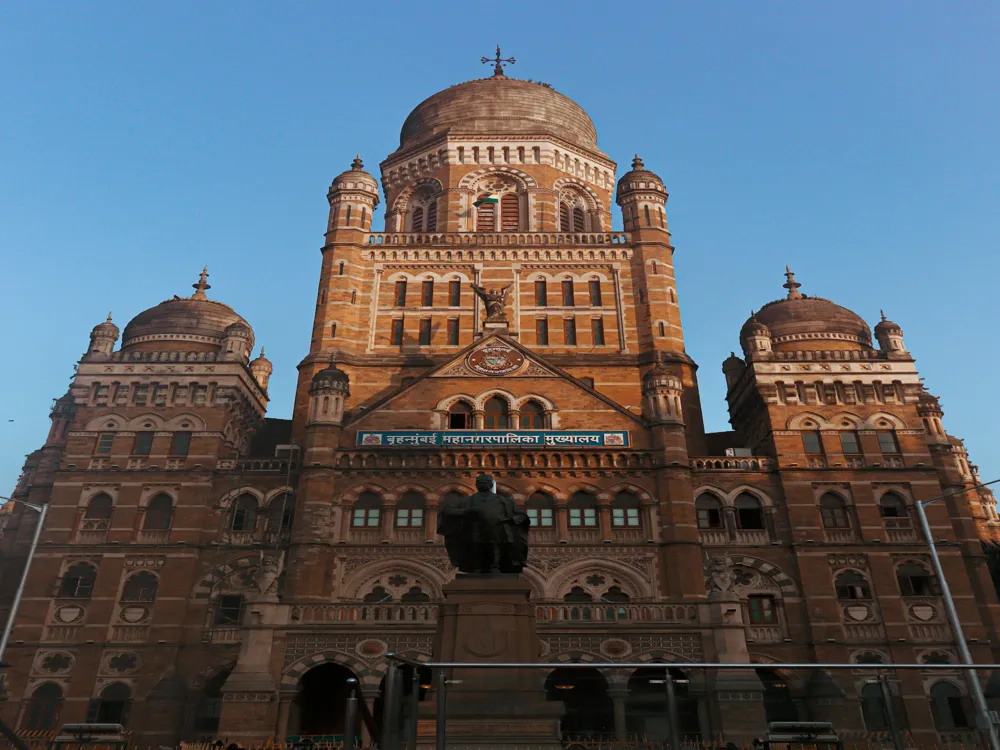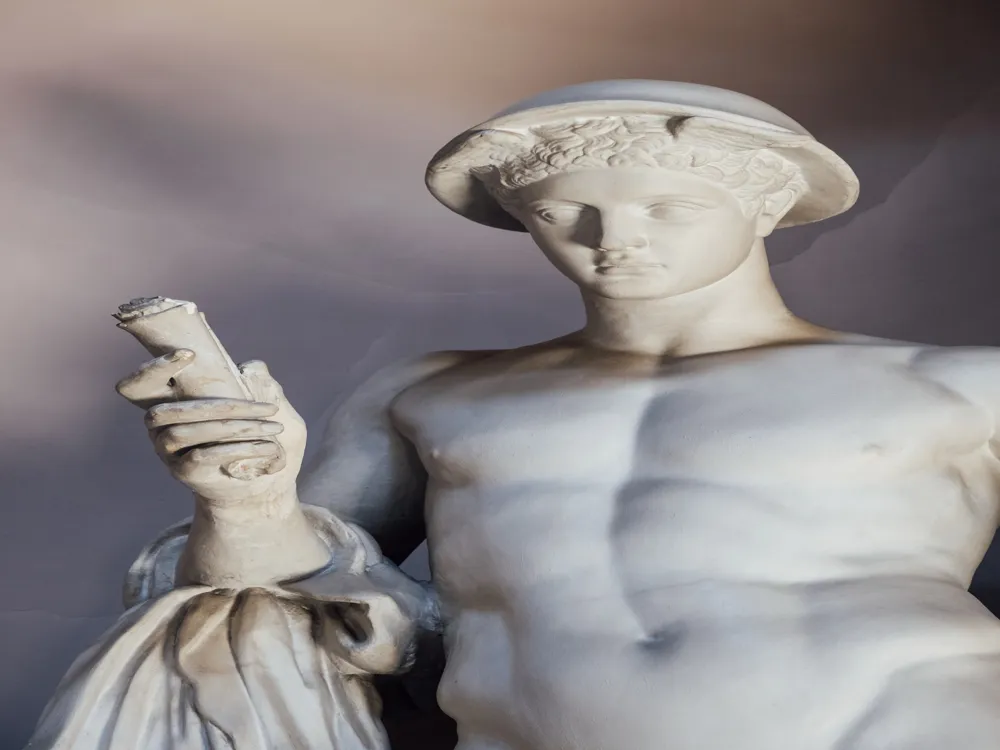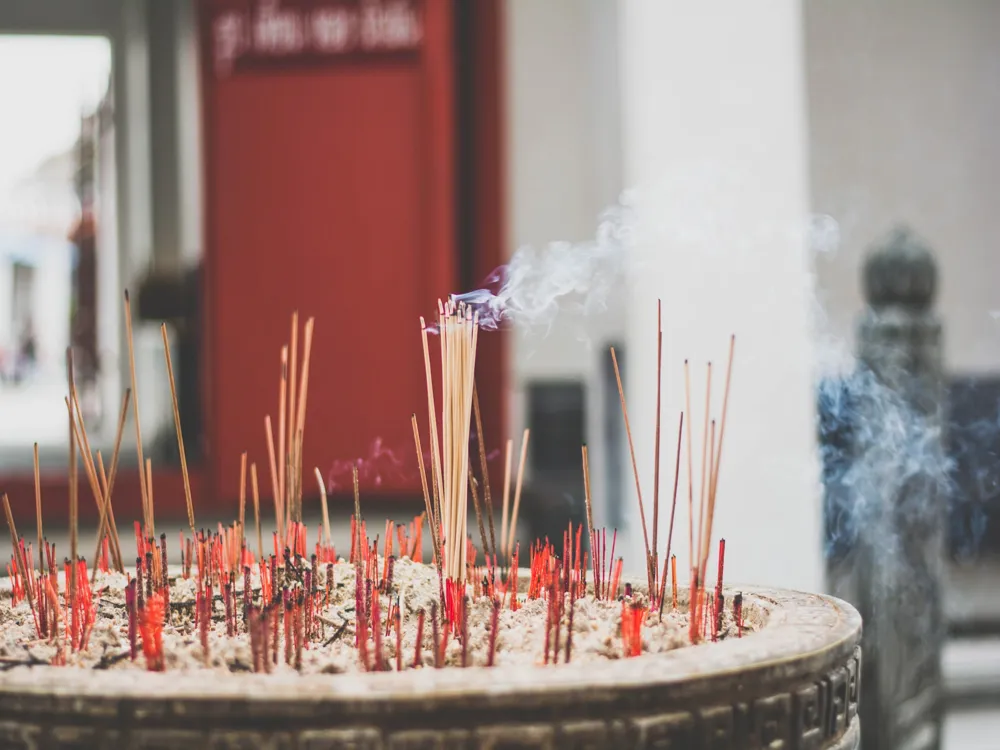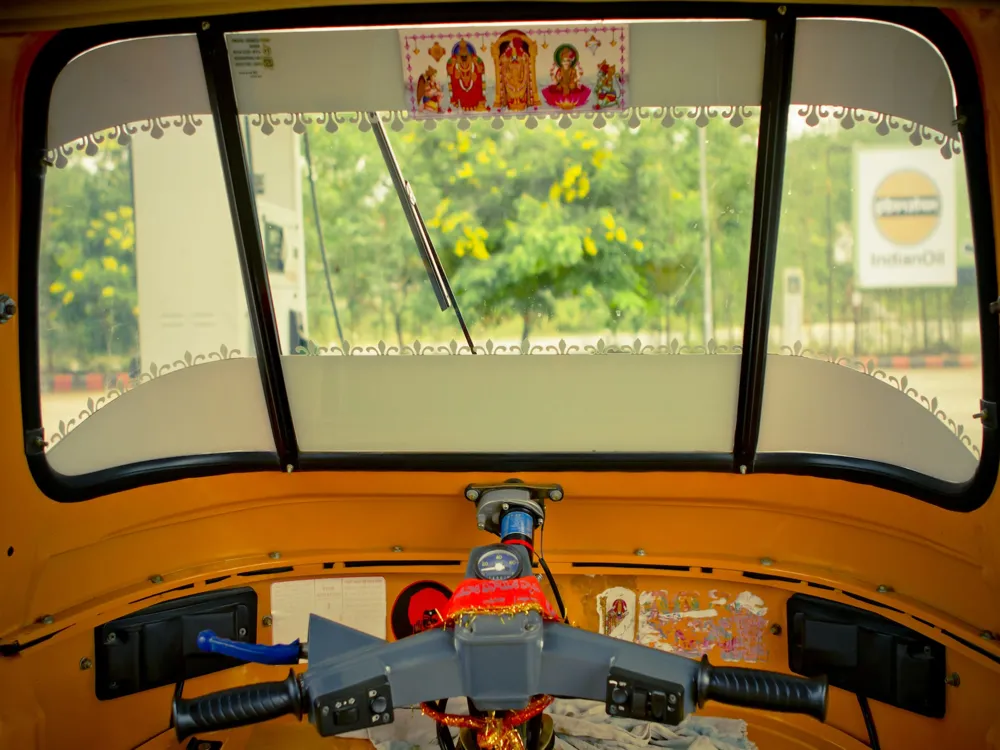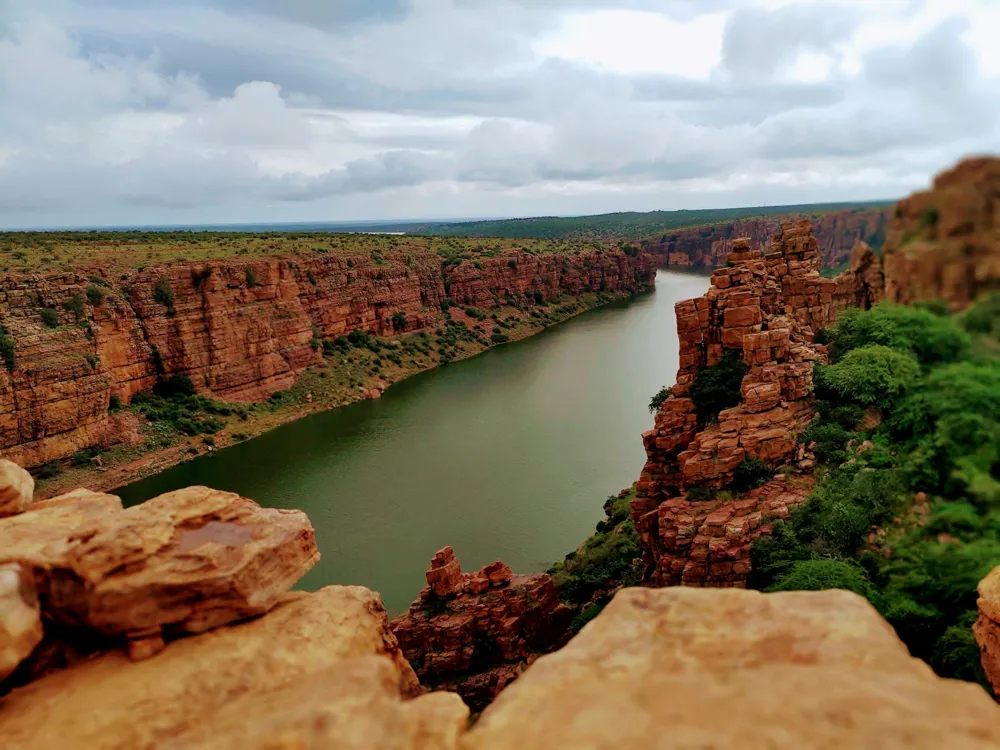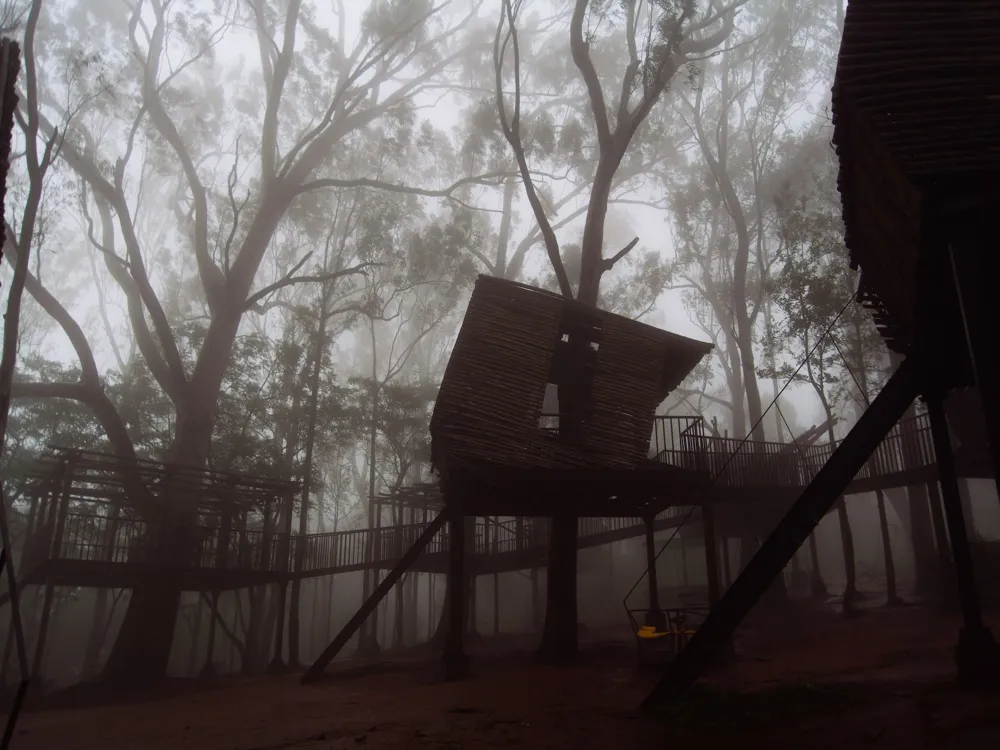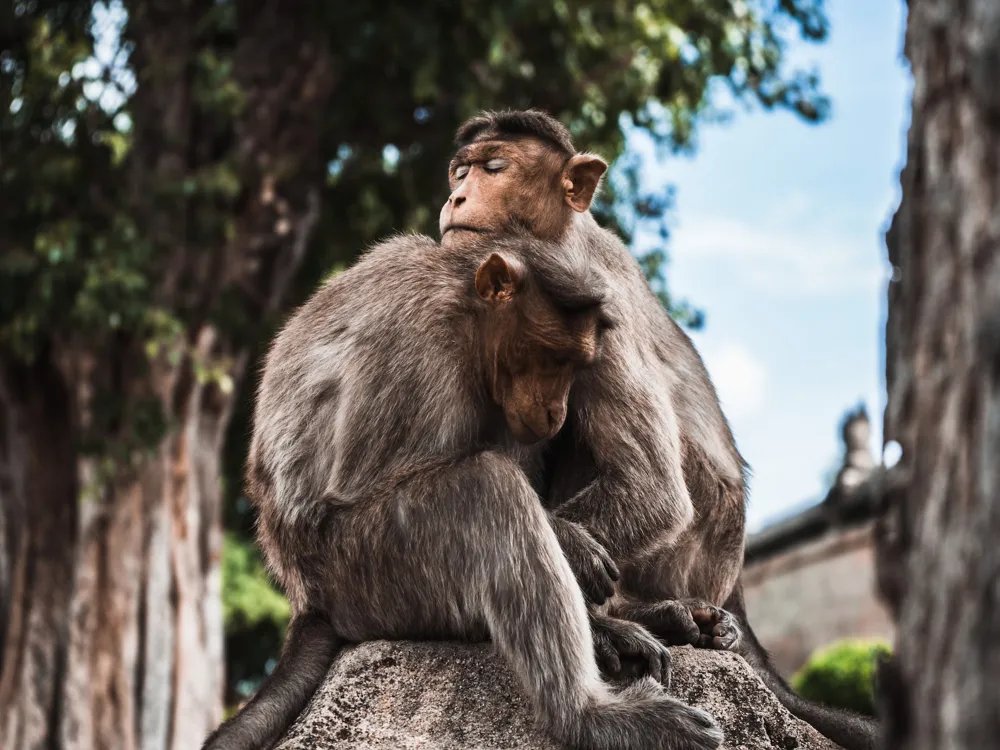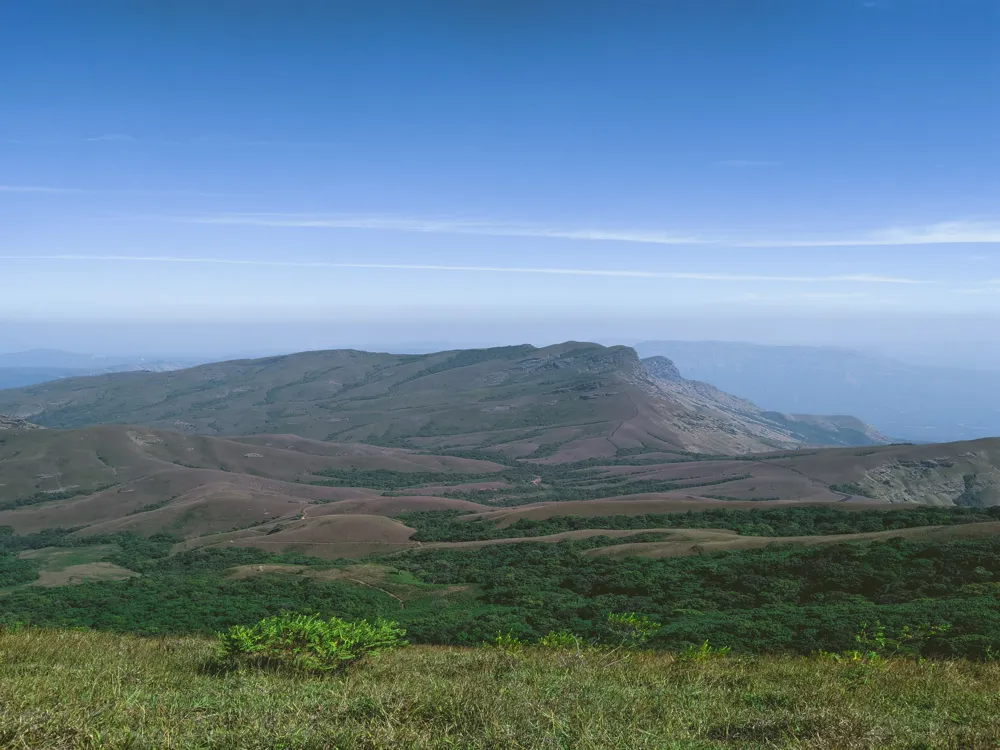The Veera Bhadra Temple, located in the historical district of Anantapur in Andhra Pradesh, is a remarkable example of Indian religious architecture and a significant cultural landmark. This temple, dedicated to Lord Veera Bhadra, an incarnation of Lord Shiva, stands as a testament to the religious devotion and architectural ingenuity of ancient Indian civilization. Its history spans several centuries, with roots tracing back to the Vijayanagara Empire, making it not only a place of worship but also a symbol of India's rich cultural heritage. The temple's architecture is a focal point of admiration. Characterized by intricate carvings, detailed sculptures, and towering gopurams, it reflects the craftsmanship and artistic excellence of the era. The main sanctum, housing the deity of Veera Bhadra, is adorned with elaborate motifs and designs, capturing the essence of Hindu religious art. The temple complex also includes various smaller shrines, each with its own historical and religious significance. Besides its architectural grandeur, the Veera Bhadra Temple is deeply ingrained in the local culture and traditions. It plays a central role in the spiritual lives of the people in Anantapur, hosting numerous festivals and rituals throughout the year. These events not only uphold the religious significance of the temple but also contribute to the preservation of local customs and practices. Visitors to the Veera Bhadra Temple are greeted with an atmosphere of peace and spirituality. The temple's serene surroundings, combined with its majestic architecture, offer a unique experience that is both spiritually enriching and culturally enlightening. It remains a must-visit destination for those interested in exploring the religious and historical facets of India. The Veera Bhadra Temple is a marvel of ancient Indian architecture, showcasing the brilliance of the Vijayanagara style. The temple's design is a harmonious blend of religious symbolism and architectural excellence, reflecting the advanced knowledge and skills of its creators. The temple's layout follows a traditional design, with a series of interconnected structures leading to the main sanctum. The entrance is marked by a towering gopuram, intricately carved and adorned with statues of deities and mythological figures. This gopuram not only serves as a grand gateway but also sets the tone for the temple's spiritual ambiance. The central structure, or garbhagriha, houses the deity of Veera Bhadra and is the focal point of the temple. This sanctum is surrounded by a series of smaller shrines and halls, each with its own unique architectural elements. The walls and pillars of these structures are embellished with detailed carvings depicting scenes from Hindu mythology, as well as floral and geometric patterns. An outstanding feature of the temple's architecture is the use of stone and intricate stonework. The artisans of the time employed advanced techniques to carve and assemble large stone blocks, creating structures that have withstood the test of time. The precision and detail in the stonework are a testament to the high level of craftsmanship achieved during this period. The temple complex also includes open courtyards and mandapas (pavilions), providing spaces for communal gatherings and religious ceremonies. These areas are designed to facilitate the flow of devotees and to enhance the overall spiritual experience of visiting the temple. In conclusion, the architecture of the Veera Bhadra Temple is not only a display of historical craftsmanship but also a source of inspiration and awe. It continues to attract scholars, architects, and visitors from around the world, eager to witness the magnificence of this ancient architectural masterpiece. Visitors should dress conservatively, covering shoulders and legs. Traditional Indian attire is recommended but not mandatory. It's important to show respect for local customs and practices. This includes removing shoes before entering the temple and participating in rituals with reverence. Photography may be restricted in certain areas of the temple. Always ask for permission and respect any 'No Photography' signs. Consider taking a guided tour for a more informative experience. Guides can provide insights into the temple's history, architecture, and religious significance. Visiting during festivals can be a unique experience, but be prepared for larger crowds. It's also a great opportunity to witness special rituals and cultural events. Veera Bhadra Temple is accessible via various modes of transportation. The nearest major city is Anantapur, which is well-connected by road and rail. Visitors can take buses or taxis from Anantapur to reach the temple. For those traveling by air, the nearest airport is in Bangalore, from where one can hire a car or take public transportation to Anantapur and then proceed to the temple. Read More:Overview of Veera Bhadra Temple, Anantapur, Andhra Pradesh
Architecture of Veera Bhadra Temple
Tips When Visiting Veera Bhadra Temple
Dress Appropriately
Respect Local Customs
Photography Guidelines
Guided Tours
Festival Times
How To Reach Veera Bhadra Temple
Veera Bhadra Temple
Anantapur
Andhra Pradesh
NaN onwards
View anantapur Packages
Weather :
Label : Must Visit
Tags : Temple
Built-in : 16th Century
Time Duration : 1 - 2Hours
Timings : Monday to Sunday: 5:00 AM - 9:00 PM
Planning a Trip? Ask Your Question
Anantapur Travel Packages
View All Packages For Anantapur
Top Hotel Collections for Anantapur

Private Pool

Luxury Hotels

5-Star Hotels

Pet Friendly
Top Hotels Near Anantapur
Other Top Ranking Places In Anantapur
View All Places To Visit In anantapur
Faq on Anantapur
What is the history of Veera Bhadra Temple Anantapur?
The Veera Bhadra Temple in Anantapur has a rich history dating back several centuries. It is believed to have been built during the Chola period, making it an ancient and culturally significant site.
What is the significance of Veera Bhadra Temple Anantapur?
The temple is dedicated to Lord Veera Bhadra, a fierce manifestation of Lord Shiva. It holds immense religious significance for devotees who visit to seek blessings and fulfill their prayers.
What are the architectural features of Veera Bhadra Temple Anantapur?
The temple exhibits exquisite Dravidian-style architecture characterized by intricately carved pillars, ornate sculptures, and a majestic gopuram (tower) at the entrance. Its architectural splendor attracts both devotees and tourists alike.
Are there any festivals celebrated at Veera Bhadra Temple Anantapur?
Yes, the temple celebrates various festivals with great fervor, including Maha Shivaratri, Ugadi, and Karthika Deepam. These festivals attract large crowds of devotees who come to participate in the rituals and celebrations.
What are the visiting hours of Veera Bhadra Temple Anantapur?
The temple is usually open to devotees from early morning until late evening. However, it's advisable to check the specific visiting hours beforehand as they may vary on certain occasions or during festivals.
View anantapur Packages
Weather :
Label : Must Visit
Tags : Temple
Built-in : 16th Century
Time Duration : 1 - 2Hours
Timings : Monday to Sunday: 5:00 AM - 9:00 PM
Planning a Trip? Ask Your Question
Anantapur Travel Packages
View All Packages For Anantapur
Top Hotel Collections for Anantapur

Private Pool

Luxury Hotels

5-Star Hotels

Pet Friendly
Top Hotels Near Anantapur
Other Top Ranking Places In Anantapur
Faq on Anantapur
What is the history of Veera Bhadra Temple Anantapur?
The Veera Bhadra Temple in Anantapur has a rich history dating back several centuries. It is believed to have been built during the Chola period, making it an ancient and culturally significant site.
What is the significance of Veera Bhadra Temple Anantapur?
The temple is dedicated to Lord Veera Bhadra, a fierce manifestation of Lord Shiva. It holds immense religious significance for devotees who visit to seek blessings and fulfill their prayers.
What are the architectural features of Veera Bhadra Temple Anantapur?
The temple exhibits exquisite Dravidian-style architecture characterized by intricately carved pillars, ornate sculptures, and a majestic gopuram (tower) at the entrance. Its architectural splendor attracts both devotees and tourists alike.
Are there any festivals celebrated at Veera Bhadra Temple Anantapur?
Yes, the temple celebrates various festivals with great fervor, including Maha Shivaratri, Ugadi, and Karthika Deepam. These festivals attract large crowds of devotees who come to participate in the rituals and celebrations.
What are the visiting hours of Veera Bhadra Temple Anantapur?
The temple is usually open to devotees from early morning until late evening. However, it's advisable to check the specific visiting hours beforehand as they may vary on certain occasions or during festivals.







